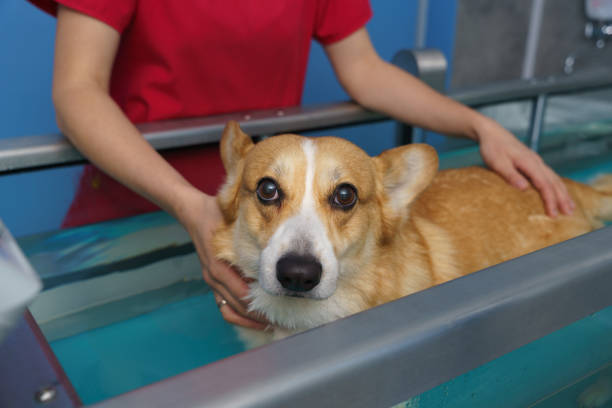Recognizing and Responding to Early Behavior Signals
Pets often communicate discomfort, stress, or simple needs through subtle behavior signals long before obvious problems appear. Recognizing early changes in posture, activity, appetite, vocalization, or social interaction lets owners address issues with enrichment, training, or veterinary care. This article outlines common signs, practical responses, and how routine adjustments can support wellbeing across species.

How do behavior signals indicate wellbeing?
Behavior is a primary window into an animal’s wellbeing. Early signals can include reduced appetite, altered sleep patterns, increased hiding, pacing, repeated vocalization, or changes in grooming. For example, a cat that suddenly avoids its favorite perch or a dog that withdraws from play may be experiencing pain, anxiety, or environmental stress. Observing baseline patterns for activity, elimination, and interaction makes it easier to spot deviations. Keep simple logs of feeding times, play sessions, and elimination to detect gradual shifts, and consider body language like tail position, ear carriage, and posture when interpreting behavior.
What enrichment and exercise suit indoor pets?
Indoor animals rely on enrichment and exercise to maintain physical health and mental stimulation. Enrichment can include puzzle feeders, rotated toys, scent trails, and opportunities for climbing or digging appropriate to the species. Short, frequent play sessions—tailored to the pet’s age and mobility—help prevent boredom-driven behaviors such as destructive chewing or excessive vocalization. For indoor dogs and cats, provide vertical space like cat trees, secure window perches, and supervised outdoor time if possible. Tailor enrichment to individual preferences: some pets respond to foraging challenges, others to interactive play, and variety is key to sustained engagement.
How can training and socialization prevent problems?
Consistent, positive training helps shape desirable behaviors while reducing fear and frustration that can escalate into aggression or avoidance. Use short, reward-based sessions that focus on simple cues, and reinforce calm behavior rather than punishing unwanted actions. Early and controlled socialization—gradual exposure to other animals, people, and environments—reduces stress responses later in life. For animals with specific sensitivities, controlled desensitization and counterconditioning conducted calmly can prevent reactive behaviors. Professional trainers or behaviorists are valuable when behavioral signals show escalation or when training alone is ineffective.
How do nutrition and grooming influence behavior?
Nutrition and grooming are closely linked to behavior. Imbalanced diets, sudden changes in food, or unaddressed allergies can produce lethargy, irritability, or compulsive behaviors. Ensure diets meet species-appropriate nutritional needs and transition foods gradually. Regular grooming reduces skin irritation and discomfort that can prompt excessive scratching or restlessness; it also provides bonding time that reinforces calm behavior. Dental care affects appetite and comfort—oral pain often shows up as decreased food intake or avoidance of toys. Monitoring body condition and coat quality provides early clues to underlying issues.
What habitat, safety, and routine changes help?
A stable environment and clear routine reduce uncertainty that contributes to stress-related behaviors. Provide safe hiding spaces and escape routes for prey species and quiet dens or crates for animals that need a retreat. Maintain consistent feeding, exercise, and sleep schedules to support predictable behavior. Check habitat parameters like temperature, lighting, and substrate—subtle discomfort such as drafty spots or poor bedding can change activity levels. Safety considerations include secure enclosures, hazard-free play areas, and minimizing exposure to known triggers like loud noises.
When should you consult veterinary or plan for travel and bonding?
Consult a veterinary professional when behavioral changes are sudden, severe, or accompanied by physical signs such as vomiting, wounds, weight loss, or altered elimination. Sudden aggression, disorientation, or severe lethargy warrant prompt assessment to rule out medical causes. For travel, gradual acclimation to carriers, short practice trips, and attention to routine reduce stress; consult a veterinarian about motion sickness or safe travel protocols rather than using unverified remedies. Bonding practices—gentle handling, predictable interactions, and enrichment—help reduce anxiety during transitions. Early consultation with a qualified behaviorist or veterinarian helps distinguish medical from behavioral causes.
Conclusion
Early recognition of behavior signals allows timely, proportionate responses that preserve welfare and prevent escalation. Combining careful observation with targeted enrichment, consistent training, appropriate nutrition and grooming, a safe habitat, and routine reduces stress and supports long-term wellbeing. When changes are abrupt or persistent, veterinary assessment and professional behavior support provide the clarity needed to address underlying causes and restore balance.





